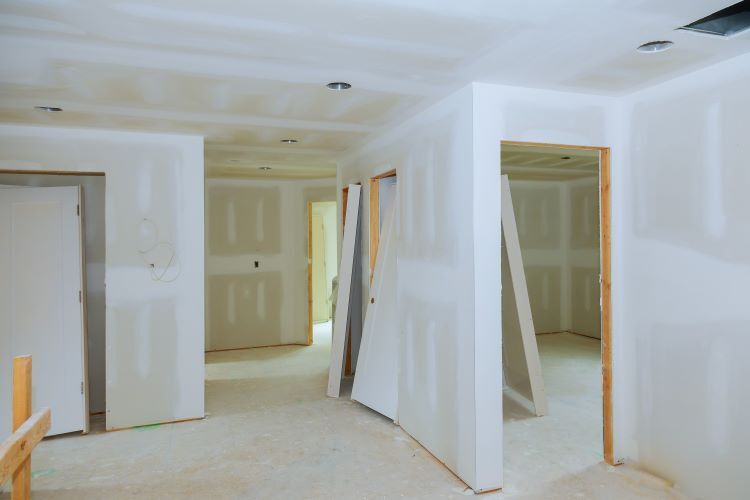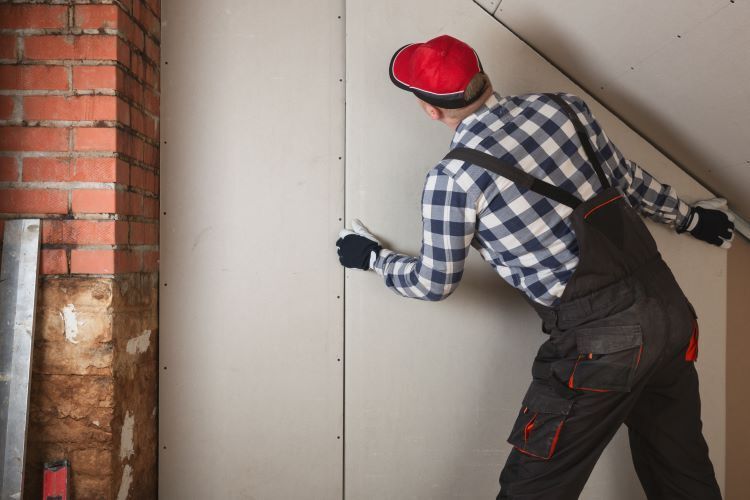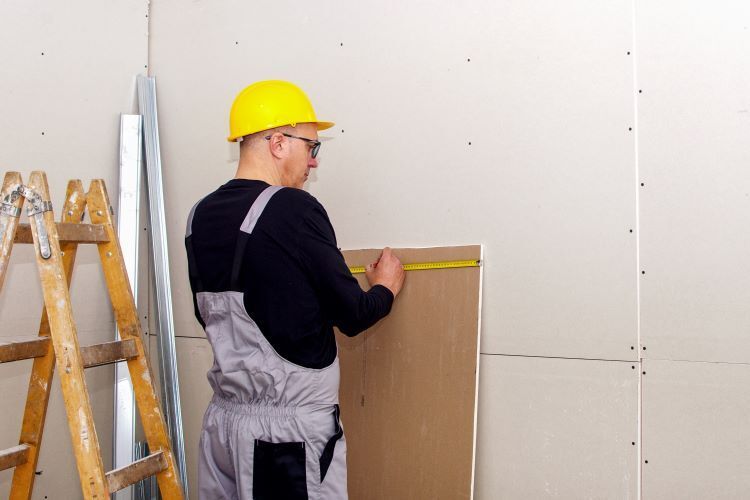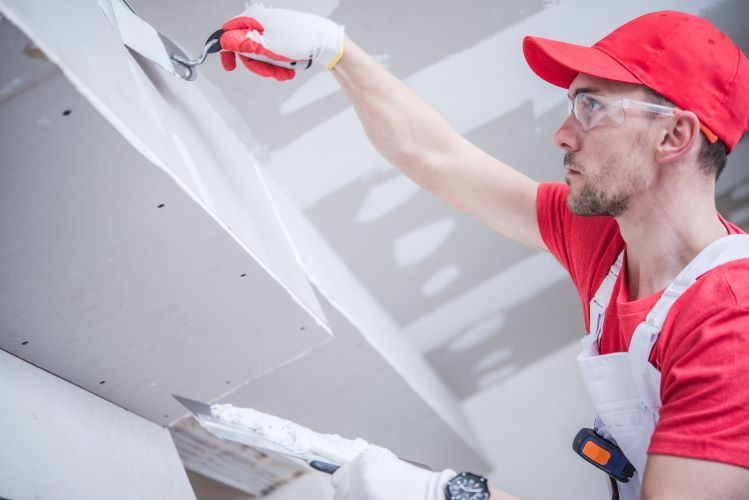Avoiding Common Mistakes in Drywall Installation

Installing drywall is a critical step in any construction or renovation project, but it’s a task that requires precision and attention to detail. Even small mistakes can lead to bigger problems down the line, from unsightly seams to structural issues. At Barrie Drywallers, we’ve seen it all and are here to help you avoid common pitfalls. In this article, we’ll explore the most frequent drywall installation mistakes and offer tips on how to avoid them, ensuring a smooth, professional finish every time.
1. Improper Measurements
One of the most common mistakes during drywall installation is incorrect measurements. If your drywall sheets are cut too small or too large, you’ll end up with gaps or an uneven surface that’s difficult to fix.
How to Avoid It:
- Measure Twice, Cut Once: Always double-check your measurements before cutting drywall. Use a tape measure to measure the height and width of the area, and ensure that your cuts are precise.
- Allow for Expansion: In some cases, leaving a small gap (around 1/8 inch) between the drywall and the floor or ceiling is beneficial to accommodate expansion due to temperature changes.
2. Incorrect Screw Placement
Using the wrong type or size of screws, or placing them too close to the edges, can cause the drywall to crack or fail to hold securely.
How to Avoid It:
- Use Drywall Screws: Always use screws specifically designed for drywall. These screws have a thinner shaft and a flatter head, making them less likely to cause damage.
- Proper Spacing: Place screws about 16 inches apart on the studs and at least 3/8 inch away from the edges of the drywall to prevent cracking.
3. Over-Screwing or Under-Screwing
Driving screws too deep can cause them to puncture the drywall, while screws that aren’t driven deep enough can leave the drywall loose.
How to Avoid It:
- Screw Depth: The screw head should be just below the surface of the drywall, creating a slight dimple without breaking through the paper. If you’re unsure, use a drywall screw setter to ensure consistent depth.
4. Failing to Stagger Joints
If drywall joints are lined up across the wall or ceiling, it can create weak spots that are prone to cracking.
How to Avoid It:
- Stagger the Joints: Offset the joints on each row of drywall to create a stronger, more stable surface. This technique distributes the stress and reduces the likelihood of cracks forming.
5. Neglecting to Use Joint Tape
Skipping the joint tape or using it incorrectly can lead to visible seams or cracks as the drywall settles.
How to Avoid It:
- Apply Joint Tape Correctly: Always use joint tape to cover seams between drywall sheets. Apply a layer of joint compound first, then press the tape into the compound and smooth it out with a drywall knife. Cover with additional compound for a seamless finish.
6. Inadequate Sanding
Poor sanding can result in a bumpy, uneven surface that will show through paint or wallpaper.
How to Avoid It:
- Sand Between Coats: After applying joint compound, allow it to dry completely, then sand the area lightly to remove any bumps or ridges. Repeat this process between each coat until the surface is perfectly smooth.
- Use the Right Tools: Use a sanding sponge or pole sander for larger areas, and always wear a dust mask to protect yourself from drywall dust.
7. Ignoring Moisture Concerns
Installing regular drywall in areas prone to moisture, such as bathrooms or basements, can lead to mold growth and damage over time.
How to Avoid It:
- Use Moisture-Resistant Drywall: In high-moisture areas, opt for moisture-resistant drywall, often called green board or purple board, which is designed to withstand humidity and prevent mold growth.
8. Skipping the Primer
Failing to apply primer before painting can result in an uneven finish and poor adhesion of paint.
How to Avoid It:
- Always Prime First: After sanding, apply a coat of drywall primer to seal the surface and create a uniform base for paint. This step is crucial for achieving a flawless finish.
Conclusion
Drywall installation may seem straightforward, but attention to detail is key to a professional result. By avoiding these common mistakes, you can ensure that your drywall project is successful, with a smooth and durable finish that will stand the test of time. If you need assistance or want to ensure the job is done right, the first time, contact Barrie Drywallers.
Our team of experts is here to provide top-quality drywall installation services tailored to your needs. Let us help you achieve the perfect finish for your home or business.
You Might Also Enjoy:



Contact Us!
